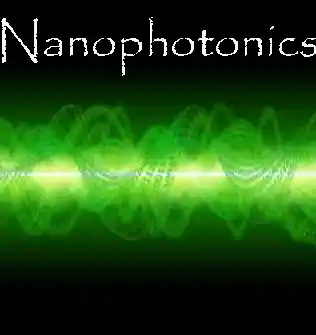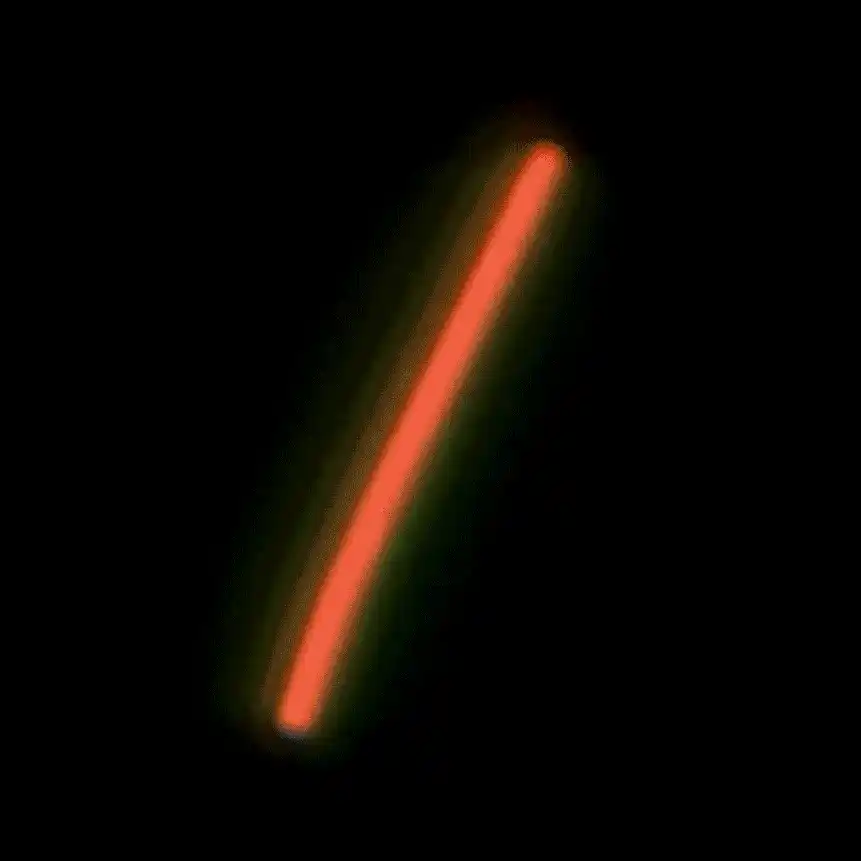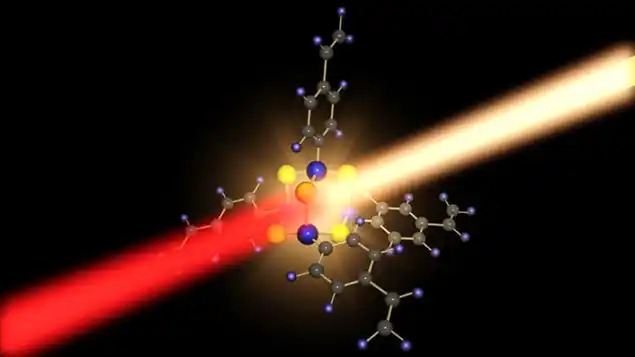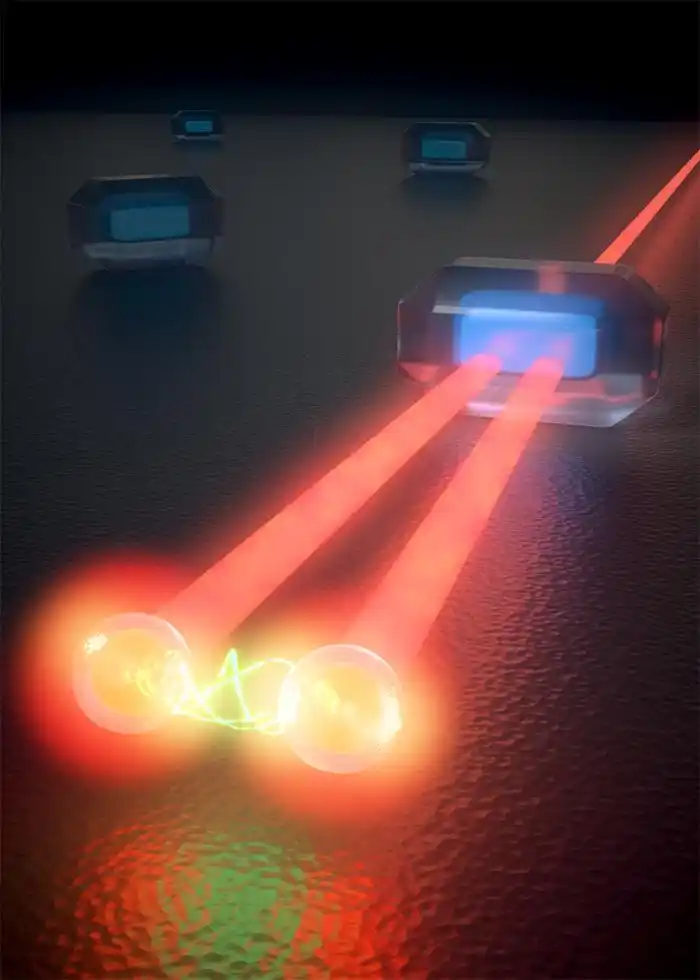افشین رشید
اُستادیار ؛ عضو هیات علمی دانشگاه آزاد اسلامی واحد علوم و تحقیقات تهران
615 یادداشت منتشر شدهA Summary of The Topic of Electronics and Nanophotonics and Electronic Nanolasers (Nano Laser)

Note: Nanophotonics or nanooptics involves metallic components that can transmit and focus light, often referring to ultraviolet, visible, and infrared radiation with wavelengths ranging from 300 to 1200 nanometers. Nanolasers are a component of Nano Photonics.
Nanophotonics or nano-optics is the study of the behavior of light based on the interactions of optical materials science and engineering, carried out at wavelength and wavelength scales, where natural or chemical projects of natural materials nanostructure or nanotechnology at the nanometer and artificial scale using optics including silicon-based semiconductors (where nanophotonics improves speed and performance) are related to specific technologies such as optical engineering, electrical engineering and nanotechnology.

(Nanolaser) is a laser that, at the nanoscale , can be rapidly modulated, and combined with a small footprint, makes them ideal candidates for on-chip optical computing . The intense optical fields of such a laser also enable the enhancement effect in nonlinear optics or surface-enhanced Raman scattering , thus paving the way for integrated nanophotonic circuits . In general, Nano Laser Nanolaser amplification or amplification is the process in which a medium transfers some of its energy to the emitted electromagnetic radiation , resulting in an increase in optical power. This is the basic principle of all lasers . Quantitatively, amplification is a measure of the ability of a laser medium to increase optical power.

Lasers are a beam of electromagnetic radiation. Laser beams can be made from visible light, X-rays, ultraviolet light, or infrared light. A laser is a type of excited, high-energy light that is not normally seen in nature, but can be created with special technology and equipment. Lasers have differences from ordinary light that give them special abilities and applications. Laser light is brighter and more intense than light in nature . Laser light can break through the hardest metals and easily pass through a hard object such as diamond and create a hole in it. Low-power, ultra-fine beams of other types of lasers can be used to perform very delicate tasks, such as surgery on the human eye. Laser light can be controlled with great precision and used as a continuous beam called a continuous laser or in rapid bursts called a pulsed laser . Unlike ordinary light, laser light has completely coherent energy, which gives it great power to perform various tasks. The word laser is derived from the first letters of the words that describe its properties, which means light amplification by stimulated emission of radiation . The difference between a laser beam and ordinary light lies in the important properties that this beam has.

Conclusion :
Nano photonics or nano optics involves metallic components that can transmit and focus light, often referring to ultraviolet, visible, and infrared radiation with wavelengths ranging from 300 to 1200 nanometers. Nano lasers are a component of Nano Photonics.
(Nano Biosip) Dynamic Process of Sorting and Precise Positioning of Nanoparticle Biomasses in Predefined Micro structures
Nano-Fullerenes and Their Application in Various Fields Such as Electronic Applications Such as (Fabrication of Nano-Electrodes Used in Specific Electrical Circuits, Nano-Photonics in Nano-Solar Cells, and Nano-absorbers of Specific Wavelengths)